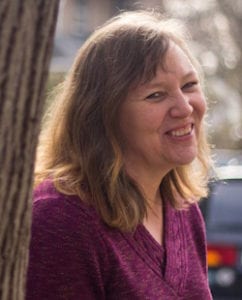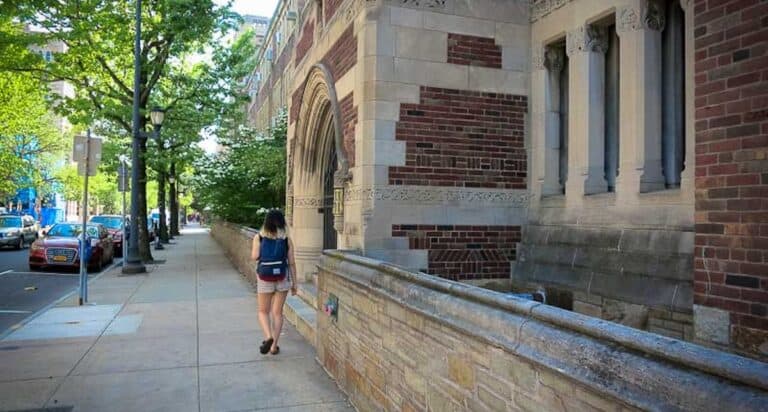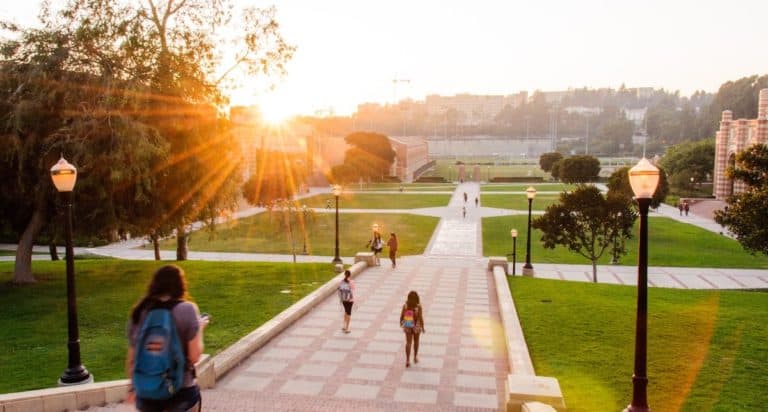Perhaps it has come up in conversation that your child has shared dining room “swipes” with other students, especially near the end of the semester. You don’t see it as a problem. Full meal plans are often generous, so much so that many students stock up on snacks at the end of the semester in an attempt to “use up” their allotted food budget. But you may wonder how other students ran out of meals while your child had a week or more surplus.

Food insecurity on college campuses
Perhaps your kid has been skipping meals or eating out more often, but that doesn’t explain the other student’s shortage. Are they not managing their plan well or taking advantage? Maybe, or maybe it’s that they had a smaller plan or no plan at all to begin with.
Though it goes largely unnoticed, hunger and homelessness are significant problems on college campuses today. In fact, up to 40 percent of students at some schools don’t get enough to eat on a regular basis. Up to 15 percent are homeless (some of these aged out of the foster system).Though some receive assistance through social services and on-campus food pantries, it often isn’t enough.
Though the numbers are higher at community colleges, the problem reaches across all levels of higher education. In fact, almost 600 colleges and universities across the U.S. belong to the College and University Food Bank Alliance and it is likely that even more have food pantries for their students. Along with community colleges, CUFBA members include private colleges, well-respected state universities and Ivy League schools.
Before I became aware of the scope of this issue, or even that it was an issue at all, I admit I was a bit judgmental when my kids shared their meal plans with other students.
I questioned the ability of the other students to manage their resources and how their parents could ignore the fact that their child was mooching off others. It didn’t occur to me that the money simply wasn’t there. I assumed (wrongfully) that all students at a private school had the means to meet basic needs. I know that many students at private schools receive financial aid of some sort. I also know that, from a parent’s perspective, it often isn’t really enough; therefore some sacrifices need to be made for the time being (for both the student and the parent). I never thought that food could be one of the things a student would have to give up.
This is difficult to comprehend for many of us who have just sent our children back to school after the winter break. Many of us made a trip to our local warehouse or grocery store to stock up on the things our kids most like to eat, for those days they don’t want to or can’t make it to the dining hall. We will be planning care packages throughout the year to add to their supply, knowing that they really don’t need them. Though some of us may be struggling to meet college costs, even with financial aid packages, we cannot begin to understand the challenges of those students for whom financial aid only covers the cost of classes or if they are lucky, includes a portion of room and board.
Students who worry about having a place to sleep each night and/or where their next meal is coming from may have started with optimism, not realizing the school’s “sticker price” did not include many hidden charges (sometimes into the thousands). Maybe their housing situation changed. Maybe their grades fell and they lost a scholarship because they had to work full-time to cover books, other incidentals and possibly even basic living expenses.
Like other young adults, these students worry about how they are perceived and know that being homeless or not having enough money for food inspires pity or worse, scorn. Few will share details of their situation, never mind ask for help. Many of these students ultimately drop out of school, finding the challenges insurmountable.
One would think that our children would see this need and act appropriately, whether by helping individually or starting campus programs, but teens and young adults rarely see beyond their own experiences. This is not a criticism, it is simply where most are; they haven’t yet had life experiences to show them otherwise. As awareness of this problem has increased, more resources have been made available, some organized by student groups (validating that belief that our children will change the world for the better). But more still needs to be done.
Since awareness of a problem is the first step in solving it, talk to your kids. Make them aware of how very privileged they are and suggest they pay more attention to see if they have any classmates in need. If you can, maybe purchase a little extra food to send with them and tell them to share liberally. If they have gone back to school in a cold climate, pick up an extra pair or two of gloves or a scarf. To make it less uncomfortable for all, they can simply state they have more than they can use themselves. If the issue is significant at their school and they are so inclined, they can get in touch with school administrators and set up any needed programs.
Talking openly and non-judgmentally about the problem is important. Students willing to make extreme sacrifices to better themselves through education have nothing to be ashamed of. Basic needs are a right, not a privilege.
Related:
6 Things All Parents Need to Know About Winter Break
46 Of the Best College Care Package Ideas
11 Steps to Take If You Suspect Your Adult Child Is In An Unhealthy Relationship










